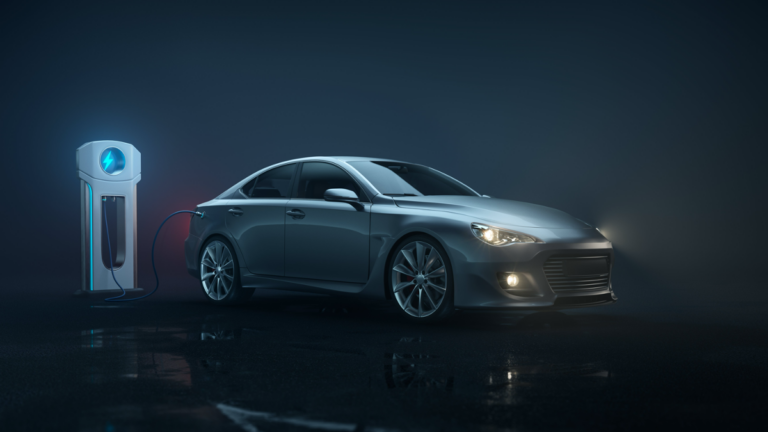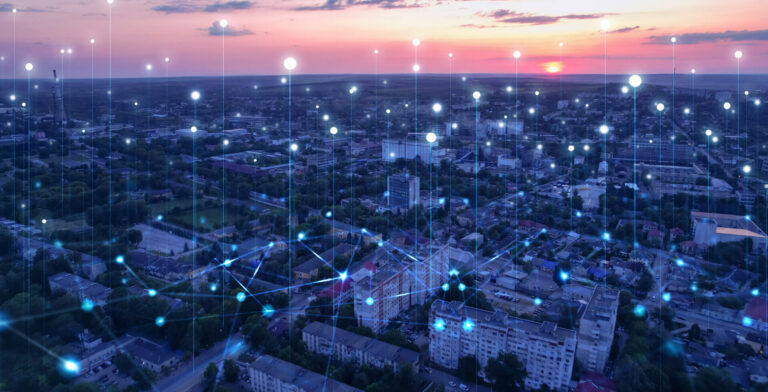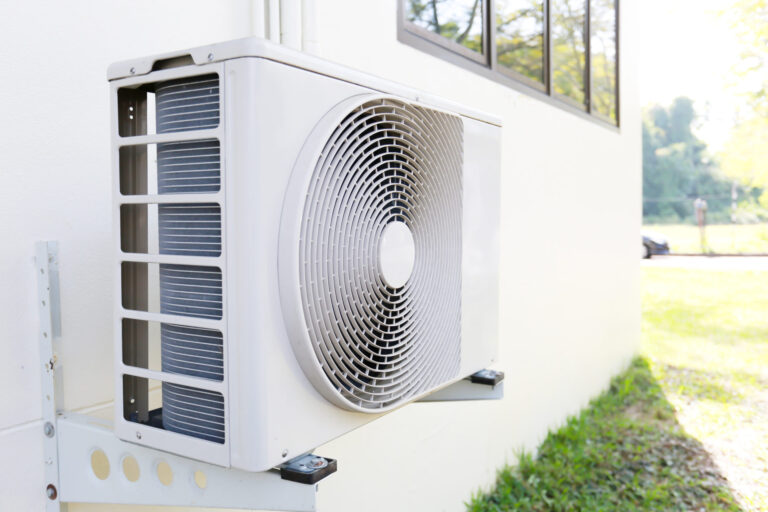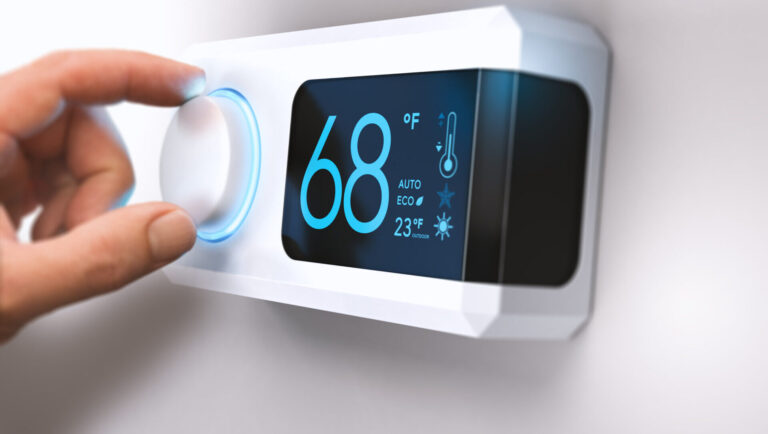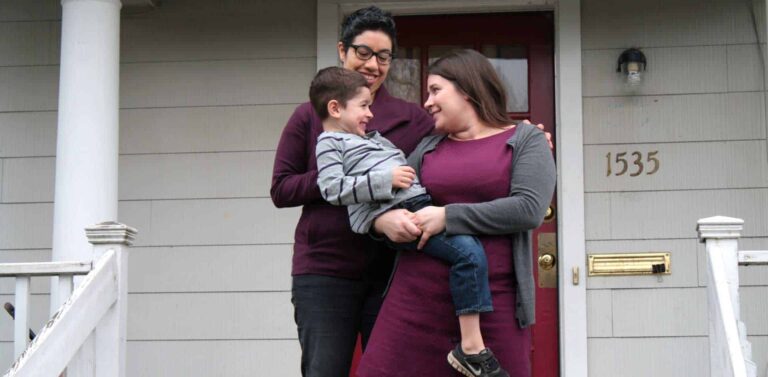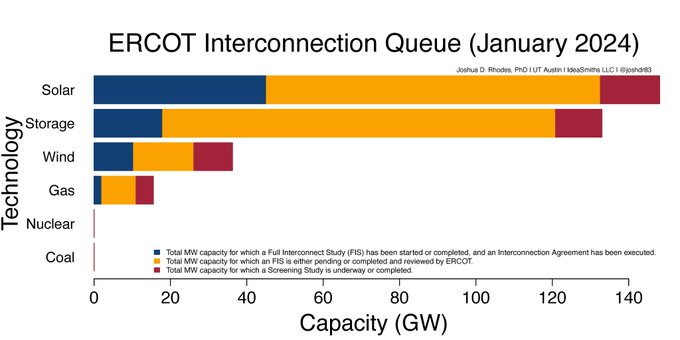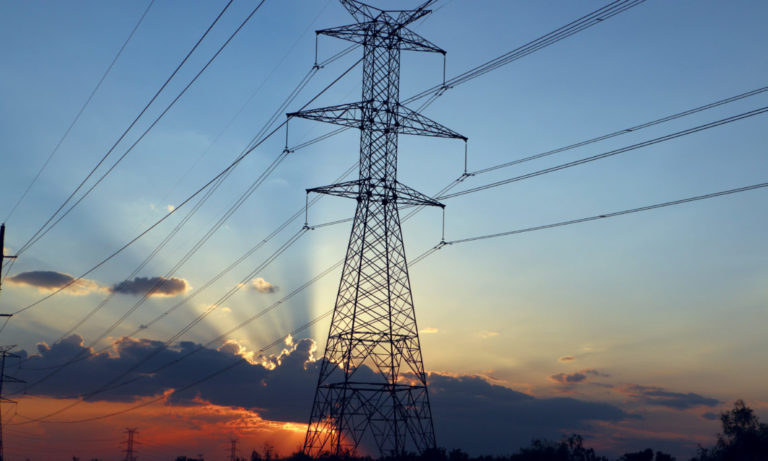October 3, 2019
Austin’s first goal was to use the neighborhood and the big battery to help expand its reliance on renewable energy to 65% by 2027. Austin Energy has already started using the battery, installed on the edge of the Mueller neighborhood, to collect enough solar power to help it meet increased electricity demand during spates of 100 degree days.
“We’re also using it to do energy arbitrage,” said Cameron Freberg, a strategist for the utility. The battery collects and delivers solar power for use during the day, when electricity rates are high. The system recharges at night with cheap wind power from the grid, so it’s ready for the next day’s struggle to keep up with air conditioning demands.
In June, DOE offered Austin Energy part of a $5 million grant for a more complex challenge. It is to create “flexible energy pathways” from the solar arrays on the homes in Mueller, so that they might be tapped for electricity during a blackout. To do that, the local utility is joining a larger team sharing the DOE grant to explore prompt ways to minimize a storm-caused blackout.
It’s called the Solar Critical Infrastructure Energization system, or SOLACE for short. It’s not aptly named, because it’s unlikely that there will be any immediate solace for those involved in the experiment.
The physics of storms and renewable electricity present a tough nut to crack. The electricity generated by solar arrays or stored in batteries is in the form of direct current, and the electricity used on the grid is alternating current. It is a mismatch that can normally be solved by a common device called an inverter on the solar array that translates DC into AC.
But a blackout shuts down the grid, paralyzing this translation process. The problem has recently been resolved by creating a more elaborate device called a “grid-forming” inverter, a piece of equipment the size of two large suitcases that would make power from the neighborhood’s rooftop arrays available by simulating normal grid conditions.
If that works, the next problem will be how to dispatch the power to where it’s needed, despite the grid being damaged. Each storm’s impact will be peculiar, forcing the utility to quickly figure out which parts of its grid remain intact.
Scott Hinson is the chief technology officer for Pecan Street Inc., a nonprofit research organization that focuses on ways to spread solar power to reduce the use of fossil fuels in electricity generation. Pecan Street is located in the Mueller neighborhood and has organized some volunteer homeowners to participate in the blackout experiment. It might expose them to infrequent losses of power.
As he explained it, utilities can reconfigure their grids, shutting some sections of it down for maintenance. But it can take weeks to plan the process. The arrival of a powerful storm, such as Hurricane Harvey, which shut down more than a dozen power plants in 2017 and left 100,000 Texans without power, gives relatively little time to prepare.
Planners hope that forming an island, or what some call a “microgrid,” will give them more tools to restore power. “Every year we’re installing more and more solar, so we need to understand how these things interact with each other,” Hinson said. The Mueller neighborhood “provides a very nice test bed to do that.”
As he sees it, the team running the experiment will have to map out where the solar arrays are in the neighborhood so they could connect with the Austin Energy battery. They’d have to create a second map of circuits that would allow the battery to move the power to the emergency centers.
“You have to install a bunch of stuff to do the experiment and all of that will take some time,” Hinson said, noting that it could take two years for the team to plan and install the switching equipment. The third year will be spent creating and testing simulated outages to see if the solar power can be collected and sent to selected places.
That’s where the Mueller homeowners come in.
‘Very big transformation’
Some volunteers will remain connected to Austin Energy’s grid while others will be connected to the emergency backup system configured for the test. No one is expected to lose power as a result of the exercise.
Another member of the team is Yaskawa Solectria Solar. The Lawrence, Mass., company will make a variant of its new XGI 1500 inverter to create a “grid forming” inverter that will meet the test’s needs.
It will provide a “stable voltage wave form” that allows the solar-generated electricity to move from solar arrays and batteries into the grid created for the test, said Miles Russell, director of products management for the company. If the outcome is successful, he predicts there will be a global market for such devices.
“Don’t look at it as an experiment,” Russell said. “Look at it as focused directed research to develop this kind of capability for the betterment of the grid across the country. This is an age where we’re seeing a greater number of storms and with greater intensities that can take out sections of our grid.”
The testing in Austin will be directed by the Electric Power Research Institute (EPRI), based in Palo Alto, Calif. It is a nonprofit whose members include utilities in the United States and 35 other countries.
Brian Seal, who leads its solar energy and battery research team, explains that most Americans have experienced reliable power during their lifetimes and that the growth of the U.S. electricity generating system has remained flat since around 2008.
Many consumers may use automated devices like smart meters to help them cut down their electricity usage. But they may not see what he calls a “business motive” to get further involved for the sake of power reliability. Many new air conditioners and heat pumps have adjustments that could allow them to do that. He estimates that the percentage of consumers that would intentionally make efforts to reduce energy demand for the sake of avoiding possible blackouts is “in the single digits.”
What will take place in Austin, he said, is a demonstration of the “next generation of grid management, a system that can generate and bring up a local system when the wider area is down.” It will require more experience with storage and the use of solar energy.
“We need to reconfigure a system on the fly and have it work for resiliency purposes,” Seal added, comparing it to the role of police during a hurricane evacuation. “It’s like changing the interstate to have fewer inbound lanes and run them as outbound lanes during a crisis.”
There are signs that more changes will be needed to keep the lights on. The Department of Energy estimated that the number of blackouts doubled in 2017, most of them caused by hurricanes and severe winter storms.
“There’s a very big transformation that has to happen,” explains Steve Hambric, a vice president of Itron Inc., an Austin-based company that has been watching preparations for the SOLACE experiment.
In the industry, the problem is called controlling “demand response.” The old-fashioned way of getting through a period of heavy electricity demand — such as a predicted heat wave — would be for a utility to make a prearrangement with a local industry to shut down for the day.
That may no longer provide enough power, Hambric said. But the solution may not be to build a $3 billion power plant, either. The answer will be to build an improved grid “that can handle all these $30,000 power plants that are showing up on peoples’ rooftops and on peoples’ garages.”
Hambric’s company makes automated equipment that will help utilities manage their future power demands during tougher weather conditions. “I don’t think there’s any utility that knows how to do that at scale,” he said.









